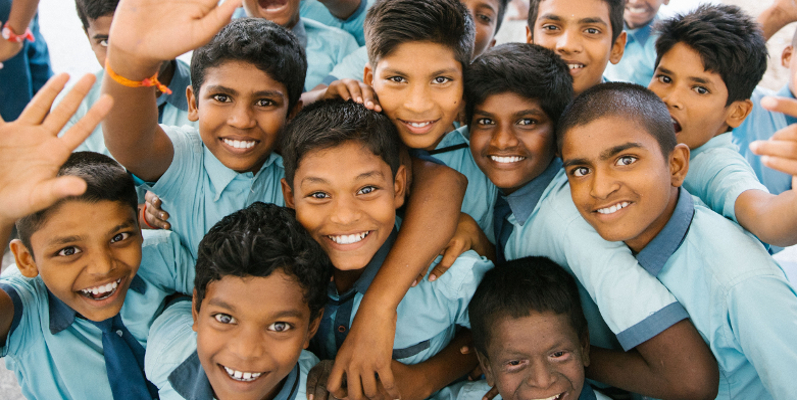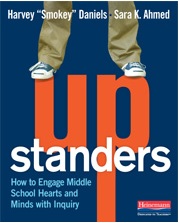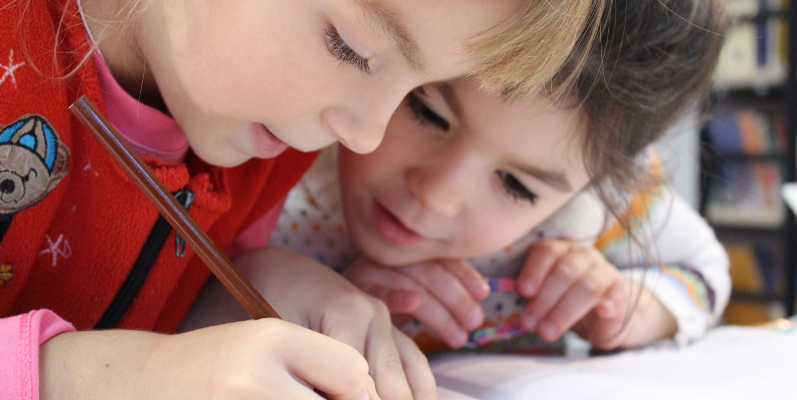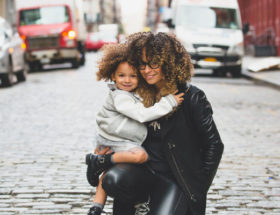When my own children were small, I read a bit of parenting advice that encouraged intentionally spending time alone with your kids engaged in fun and/or productive activities. The article went on to say that working and playing alongside your child helped to “knit your hearts together”.
That little phrase stuck with me over the years as I shared responsibility with my husband for raising our kids, but it also had an impact on the way I thought about building a sense of community in my classroom. I realized that building a strong sense of community between teacher and students, and among the students themselves is not something that happens accidentally.
It has to be intentional.
Last week, a teacher asked me to share some ideas I might have for helping her to create a stronger bond between her kids. She is frustrated that the students are less than kind to each other on occasion and she wants to work to change that. Transforming the environment in her fifth grade classroom is made a tad bit more complicated since she took over the class in the third week of school. The original teacher was given a promotion within the district and the new teacher took over a few short weeks after school began.
What came to mind was a powerful tool that Sara Ahmed shares in her book, Upstanders (co-authored with Harvey “Smokey” Daniels). Sara creates an identity web describing herself for her students and then allows time for them to create their own. Specific criteria for creating the web is provided for students so they are supported to add details about their own unique personal characteristics.
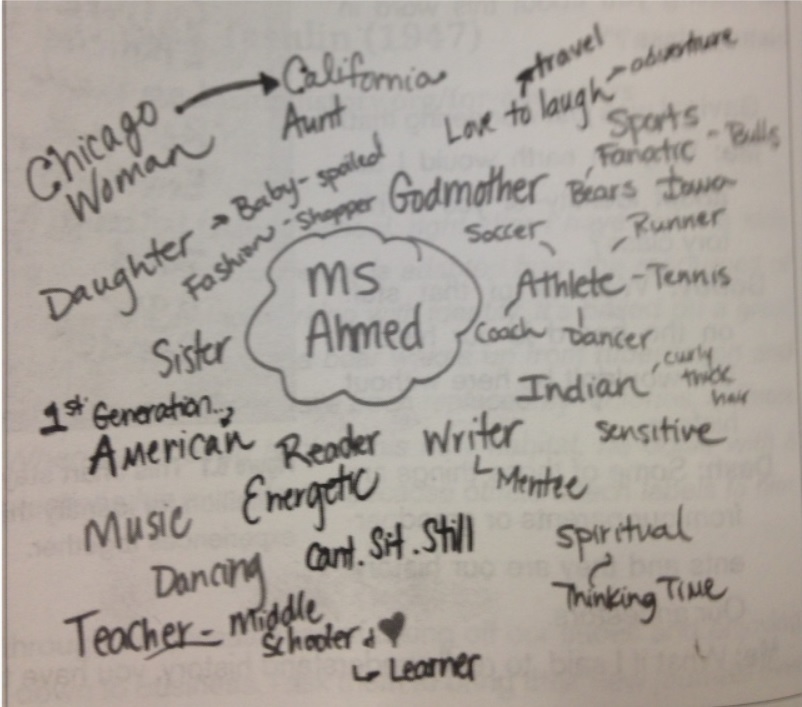
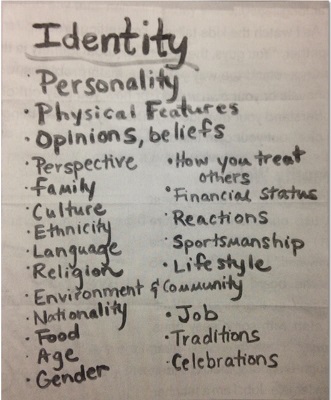
Sara shares her identity web with the class and then each student has a turn to share the things that make them distinctive as individuals among their peers. What a powerful way to celebrate the diversity within a classroom! An exercise like this promotes appreciation of one another and diminishes the likelihood of hurtful comments directed at classmates.
Identity webs can continue to be used throughout the year as students read about historical figures or fictional characters in great narratives. In Upstanders, Sara extends this idea by explaining the difference between upstanders and bystanders, victims and perpetrators.
This pursuit of knowing and appreciating others and then further identifying as a learning community that endeavors to be “upstanders” versus bystanders is extraordinary work for kids.
With a small amount of effort, a classroom full of vastly different individuals can discover the beauty of community. Imagine a world where appreciation of individual differences and the ability to stand up for others is the norm and not the exception.
The power and privilege of attempting to create that kind of world lies with educators when we work at knitting hearts together.

